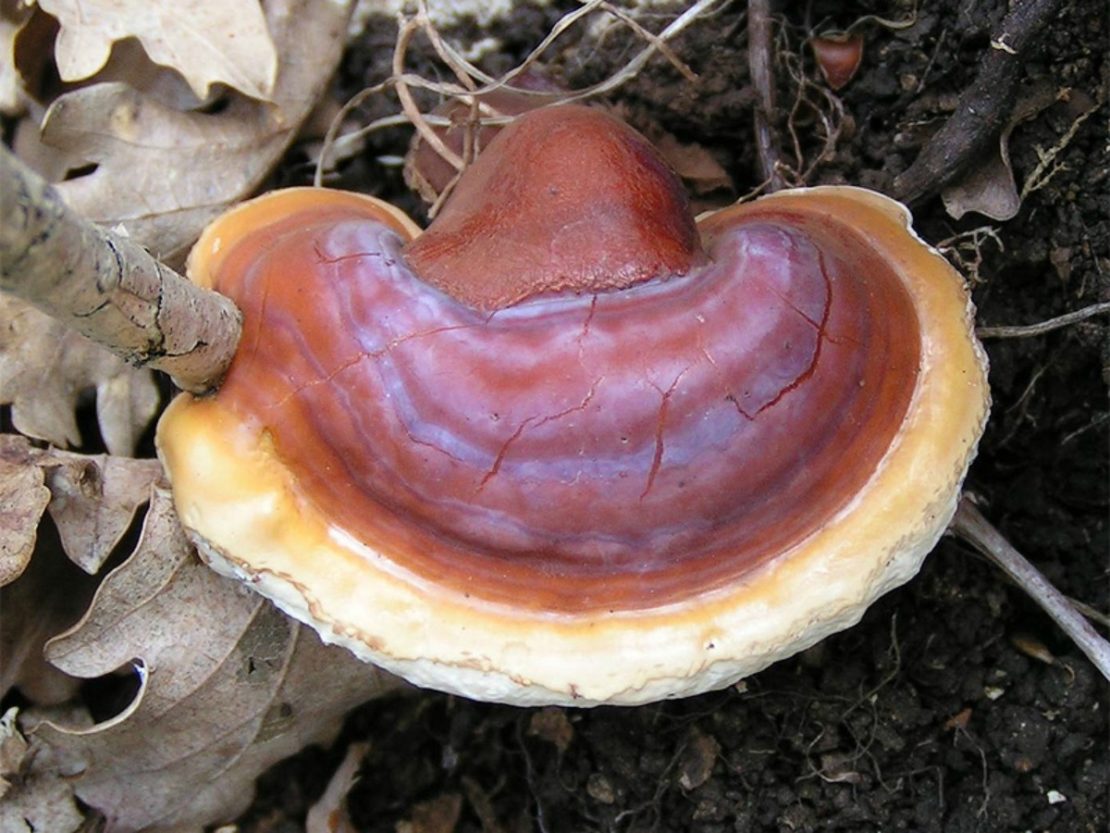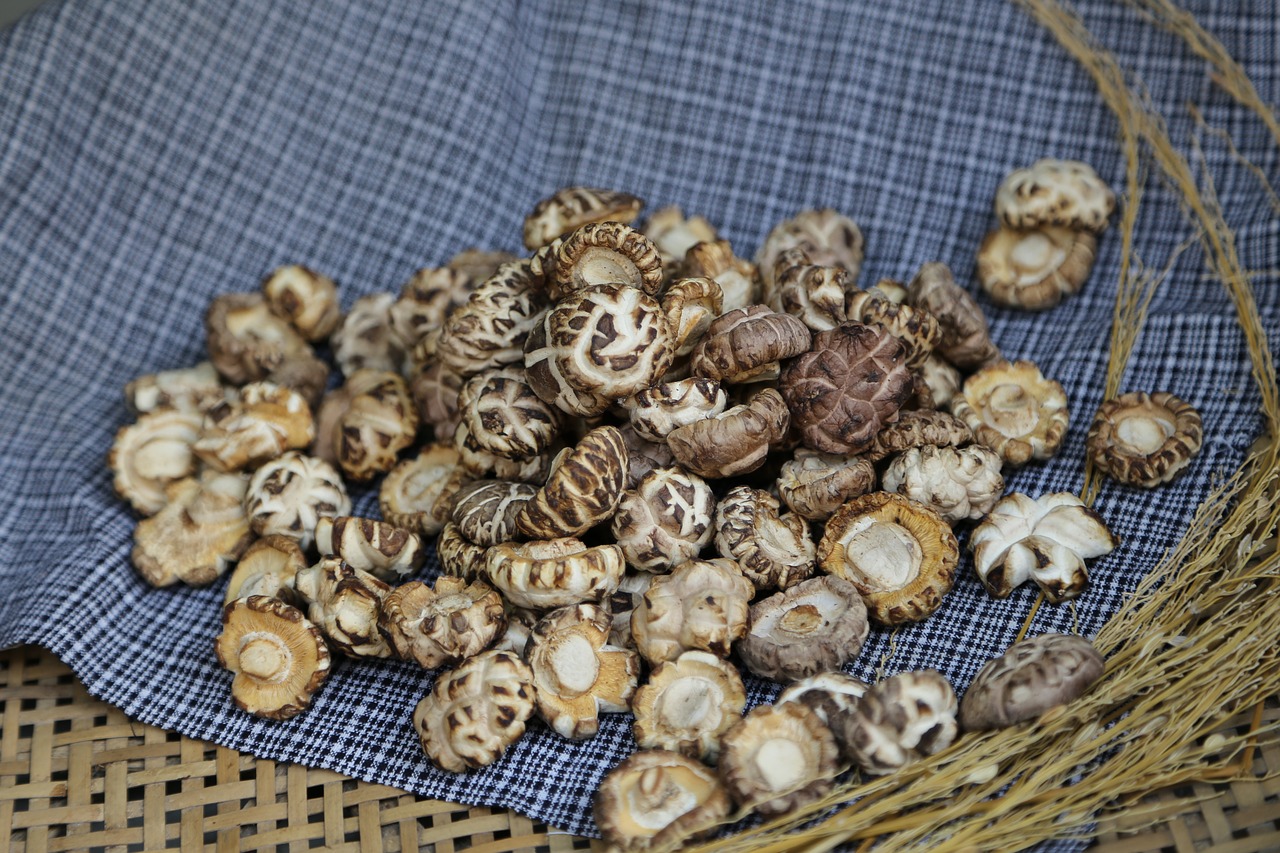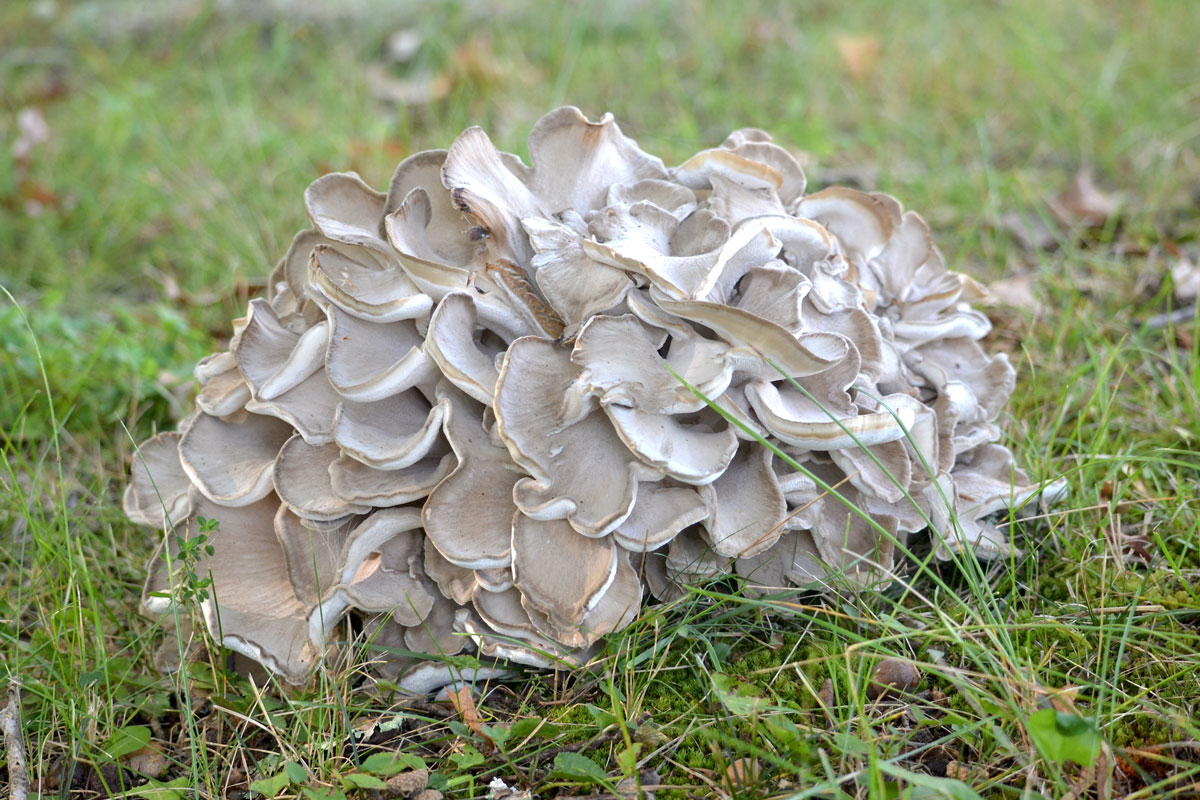
How To Make A Mushroom Double-Extraction Tincture
Although the art and science of making plant preparations can seem to grow ever more complicated the longer an herbalist maintains a practice, the accessibility of making full-spectrum plant extracts frequently remains within the grasp of do-it-yourself home preparation makers. Today I’m going to share with you how to make a mushroom double-extraction tincture.
This process, known as “double extraction” or “dual extraction,” is a method commonly used for immune-modulating herbs, including many of the well-known mushrooms such as reishi (Ganoderma spp.), maitake (Grifola frondosa), shiitake (Lentinula edodes), turkey tail (Trametes versicolor), and cordyceps (Cordyceps militaris and Ophiocordyceps sinensis).
Mushroom use has a long history in traditional herbal use, a history which current research is only beginning to catch up with. Modern biochemical data shows an array of active constituents and compounds that assist the human body in the maintenance of health and in the supportive process of ailments.
Fungal polysaccharides, actively researched since the 1950s, are long, branching chains of complex sugars and have been shown to exhibit immune-modulating, anti-inflammatory, and anti-tumor activities, among other properties (Hobbs, 1986), while compounds such as terpenoids may have a beneficial impact on not just the immune system, but also the cardiovascular system, liver, the endocrine system, and other systems of the body.
These activities have indicated these wellness-supporting mushrooms in instances of under-active immune systems (e.g., frequent colds or other respiratory illnesses), overactive immune function (such as in cases of autoimmune diseases), and carcinogenesis (such as in the growth of tumors and metastatic cancers) (Masé, 2012).
Because mushrooms contain this variety of constituents, both easily water-soluble polysaccharides and more alcohol-soluble terpenoids, the double-extraction process is necessary for making a full-spectrum preparation.
During the researching of this article, it became apparent that many highly-esteemed preparation makers and clinical herbalists differ in the particularities of making double-extractions of fungi. For this reason, I will offer an outline of the basic steps required during the double-extraction process, appended with more detail as to the options and variations recommended by a variety of experienced practitioners.

5 Steps To A Mushroom Double-Extraction Tincture
Wash, Chop, and Dry
After harvesting the mushroom fruiting bodies, wash and chop them into small pieces, and dry them on a screen or in a dehydrator.
Most folks agree that making preparations with dried mushrooms is best for determining the final water content of the extract, which some folks say should be at least 25% alcohol for preservation purposes. Buhner (2012) suggests using 16 ounces of powdered reishi mushroom, 64 ounces of water for decoction, and 16 ounces of 95% alcohol for a 1:5 mushroom:menstruum extract resulting in 20% alcohol.
Single Marc or Double Marc?
Decide whether you will make the alcohol extract and water extract from two separate batches of dried mushrooms, or whether you will use the marc (leftover plant material) pressed from the tinctures to decoct during the water extraction process. Herbalists employ both methods.
However, some research suggests that high-proof alcohol alters or destroys the water-soluble polysaccharides (Hobbs, 1986). Using two separate batches of dried mushrooms is a way to sidestep this concern.
Ethanol Extraction
Many herbalists make the tincture first, filling a jar with the dried and chopped mushroom, covering the material with high proof (70-95%) clear grain alcohol, and allowing it to sit for 2-6 weeks away from sunlight. Hobbs (1986) recommends putting chopped, dried mushrooms into a blender with the menstruum (alcohol) in order to achieve the greatest surface area for extraction, noting that the marc will settle in the jar over time and leave 1 inch of clear fluid at the top, which should submerge the plant material enough to prevent fermentation. Some herbalists even add a small amount of glycerin to the tincture during the ethanol extraction process in order to maintain emulsification (Masé, 2012).
When using dried mushroom material, it is important to shake the tincture jar every day in order to keep the menstruum uniformly distributed and in contact with the mushrooms for maximum extraction of constituents.
Once the tincture is finished, it should be pressed, bottled, and kept in a cool, dark location where it will be stable and won’t degrade.
Stephen Buhner (2012) offers a third variation, a combination method which recommends adding high-proof alcohol to the cooled decoction, which still contains the mushroom marc and letting it macerate for 2 weeks.

Decoction
The word decoction refers to the slow simmering of plant material—usually woody roots, stems, barks, and seeds—over a long period of time.
Buhner (2012) recommends a half-hour decoction, while other herbalists suggest everything from 45 minutes (Green, 2000), several days of slow-cooking in the crock pot, to whatever length of time it takes a slow simmer to reduce the menstruum (liquid) by half. Some herbalists suggest adding water in order to maintain the decoction process for 1-2 hours (Masé, 2012).
Hobbs (1996) indicates he makes a double extraction by decocting the marc pressed from the tincture in a 1:5 marc/spring water ratio, simmering for 1 hour, pressing and composting the decocted marc, and then simmering the water extract further until it has evaporated to 1/5 of its original volume.
However, as mentioned above, other herbalists opt to use separate batches of dried mushrooms to make the tincture and the decoction.
Strain, Press, Decant, Store
Be sure to strain and press the fluid out of the marc very well once the decoction is cooled and the tincture is ready.
To ensure polysaccharides in the decoction aren’t altered by the alcohol in the tincture, you will slowly add the tincture to the decoction while whisking to minimize contact with undiluted alcohol. The combined ethanol-water extraction should be 25% alcohol (Hobbs, 1986), so the volume of the water extract should be adjusted according to the percent alcohol of the spirits used for the tincture. Sometimes the polysaccharides will precipitate out of solution while on the shelf, so it is a good habit to shake the bottle before dispensing.

(Adapted from Guido Masé (2012)).
Dried, chopped mushroomsMushroom Double-Extraction Tincture
150-proof alcohol
Food-grade vegetable glycerin
Water
You can learn more about wellness-supporting mushrooms in The Mushroom Course and in The Herbarium!
REFERENCES
Buhner, S.H. (2012). Herbal antibiotics. Storey Publishing.
Green, J. (2000). The herbal medicine-maker’s handbook. The Crossing Press.
Hobbs, C. (1986). Medicinal mushrooms. Botanical Press.
Masé, G. (2012). Medicinal mushrooms: A brief history and overview of principal species. http://www.vtherbcenter.org/wp-content/uploads/2012/04/Medicinal-Mushrooms.pdf








